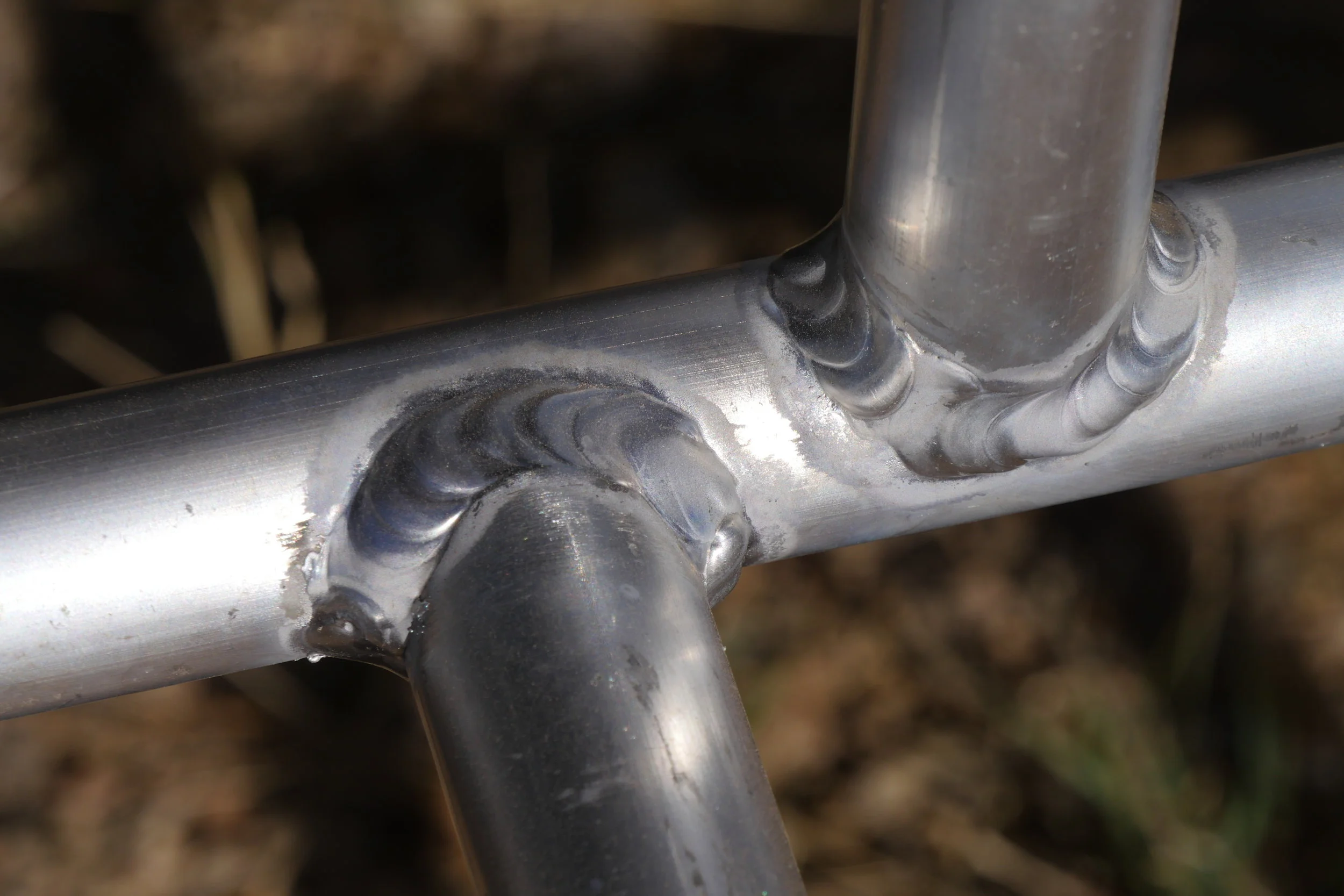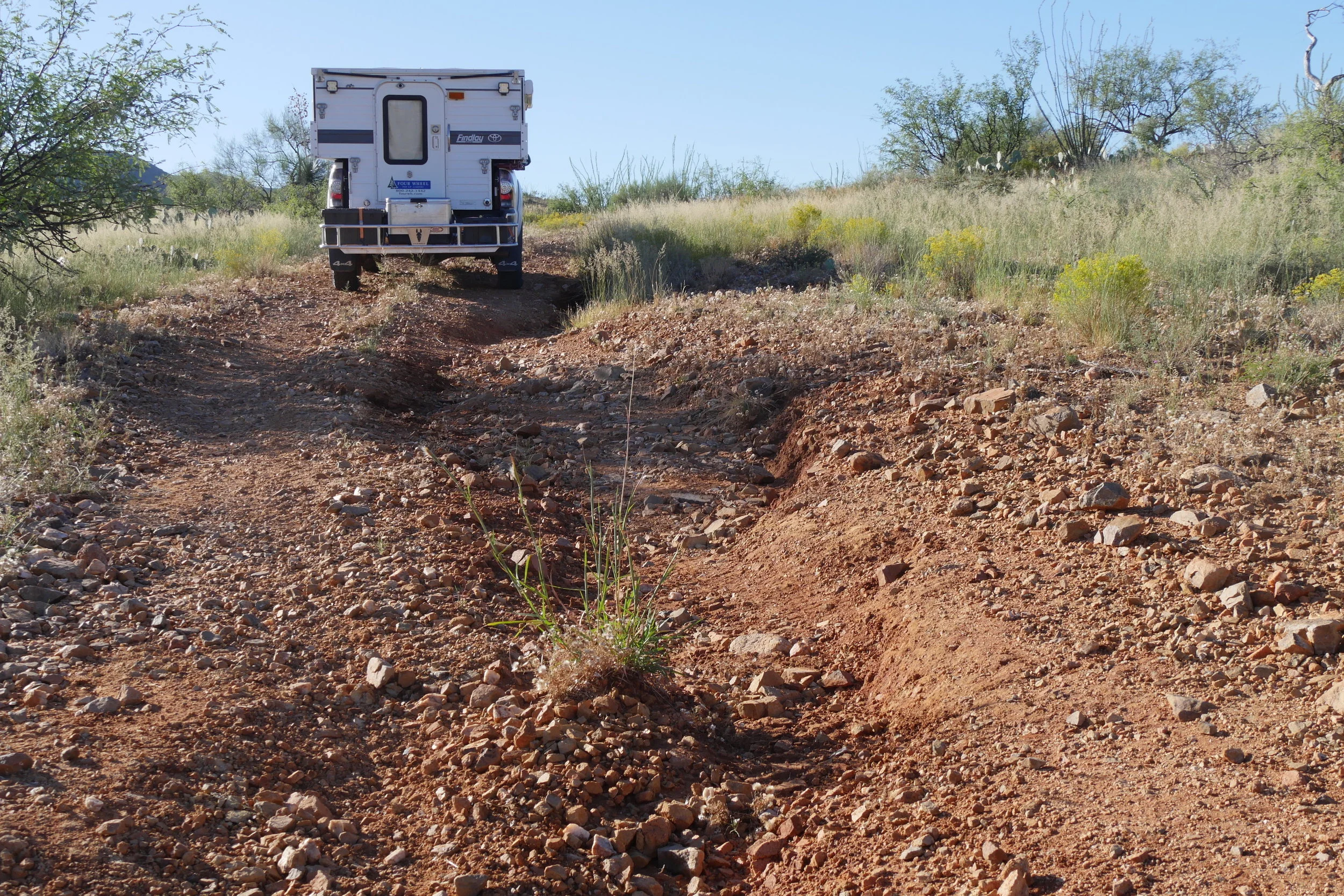PakMule hitch-mounted cargo basket
A few years ago I was chatting with a group of people about various aspects of long-distance travel—in particular the proper loading, positioning, and lashing of cargo—and I happened to mention a Chevy Tahoe I’d spotted recently that had a hitch-mounted cargo basket with several cases and duffels strapped to it. To be perfectly honest, I was a bit scornful that owners of a vehicle that size would need extra cargo capacity.
One of the guys in the group asked, “Do you travel with children?”
Um, no.
He just looked at me, raised one eyebrow, and smiled.
Point taken. I’ve never gratuitously criticized an auxiliary cargo carrier again. And when I was asked to review PakMule’s aluminum hitch basket, I was prepared to do so objectively.
Clearly, if it is possible to fit all your gear inside the vehicle, you should do so for all the obvious reasons. But if there is stuff that absolutely, positively needs to go outside, where is best? The most common choice is on a roof rack, which has the advantage of middling resistance to theft and the fact that it doesn’t change the vehicle’s dimensions in terms of parking or maneuvering. But overhead clearance is an easy-to-forget factor, and whatever weight you put up there—added to the weight of the roof rack itself—compromises the center of gravity and plays havoc with aerodynamics. Plus the gear is just as much of a pain for you to unload as it is for a would-be thief.
Enter the hitch-mounted cargo basket. No effect on CG. Significantly reduced effect on aerodynamics. A breeze to load and unload. Hmm . . .
The PakMule cargo basket arrived in a huge box that, awkwardness aside, was surprisingly easy to lift. That’s because the basket itself, despite having interior dimensions of 67 by 26 inches—a full 12 square feet—is 100-percent tig-welded aluminum and weighs just 42 pounds. The workmanship of those welds, while not up to the concentric perfection of that found on high-end bicycles, is even and solid. And there is no paint or powder coating to inevitably chip and scratch.
Installing the PakMule is simplicity itself: Slide the basket’s shaft into your receiver, insert the threaded pin and snug it with a 7/8th-inch socket or wrench—or, if you’re a heathen, an adjustable wrench or (wincing here) slip-joint pliers—then attach the keyed locking assembly, which snaps on without the use of the key. (The company offers as an accessory an American-made ratchet and 7/8ths socket—for me that’s practically enough to stop right there and give the whole product a five-star review.) The entire process takes about 60 seconds and presto, you’ve got a generous trunk’s worth of extra cargo space.
It must be said that moving an external load from the roof to behind the bumper comes with its own caveats. Reversing in tight quarters becomes, first, a function of remembering the damn thing is back there, and then being extra, extra cautious with distance and swing clearances. (I suspect gear strapped to it will block the rear-view cameras of many vehicles.) Also, while the PakMule is rated for an impressive 500 pounds, you’d be smart to keep the total load well below that, as the stress on your rear suspension is magnified considerably with the additional leverage of weight hung out that far behind the springs and shocks. There’s certainly no issue regarding strength of the structure: I stood on a back corner of the basket and bounced up and down with scant effect.
What about off-pavement driving? Not that you couldn’t have figured this out on your own, but the PakMule will pretty much obliterate your departure angle in sharp dips and transitions to steep climbs. It’s simply the nature of the beast, and something you’ll have to consider when choosing routes and picking individual lines. A spotter will be a great help. And it’s easier to unload and remove the basket than it is to unload and reload a roof rack when you need clearance under a low limb. I was pleased to note the basket cleared a few dips I predicted it wouldn’t, but as soon as the trail entered real 4x4 territory that clearance ran out pretty quickly.
No clearance issues on trails like this . . .
I certainly didn’t worry about stability. I’ve lost count of the times I’ve followed vehicles fitted with receiver-mount bicycle or cargo racks that rocked back and forth quite alarmingly. The threaded tightening pin on the PakMule eliminates that almost completely, although it’s a good idea to load your heaviest item in the center of the basket to reduce the rocking moment as much as possible. Securing cargo is easy since the frame and floor of the basket are constructed of round tubing and one can attach a ratchet strap almost anywhere. I did notice that, after seven miles on a rough dirt road, the threaded locking pin had loosened somewhat. It’s a good idea to check it every once in a while. I cranked on the ratchet more purposefully the second time around, and it remained tight on the way back.
. . . but on sharper dips it goes away quickly.
Accessing the stuff in the basket is a cinch, but what about getting to the rest of the gear in the back of the vehicle? That depends on the vehicle, and how high you have stuff stacked in the rack. If you have an SUV with a two-piece tailgate and an upper section that lifts, it’s possible to reach some items by standing on the basket and leaning in over the lower gate. When the unit was mounted on our Toyota Tacoma with its Four Wheel Camper and side-hinged door, there was 15 inches of clearance between the basket floor and the door—plenty to clear Wolf Packs but not quite enough to clear the Coleman ice chest I borrowed for the test. (I was amused to realize I don’t even own an ice chest any more. DC fridge/freezers are somewhat addictive.) Even with cargo removed, the 8.25-inch height of the standard basket might not clear some side-swing tailgates; for those vehicles the company offers a basket with the same floor space but a lower, four-inch height.
These three things didn’t even come close to filling the basket.
The best strategy for employing the PakMule is to use it for the stuff you naturally load last and need—or can conveniently set aside—first.
As a safety issue, I was surprised to see not even red reflector strips on the back of the PakMule to alert inattentive drivers that the rear end of your vehicle is actually two and a half feet behind the brake lights. A clip-on LED running/brake-lamp kit that would plug into a standard trailer socket would be an inexpensive but worthwhile option. Between us, my wife and I have been rear-ended four times (once very severely for her), so I’m sensitive to the issue, but such an accessory might prevent even a minor crunch. I was certainly hyper-aware of vehicles coming up behind me at red lights in traffic.
On another suggestion-box note, I wonder if the company has any plans to introduce a bicycle-carrier attachment for the basket. It seems like it would be an easy thing to engineer.
I’m not going to abandon my philosophy that all one’s gear should go inside the vehicle if possible. But for those times when it simply won’t, the PakMule is worth considering as a temporary solution. Its lightweight construction makes installation easy, and it would store on a garage wall or carport ceiling when not in use. Yet stability is excellent, and securing gear properly is effortless. So if you were the folks in the Tahoe with kids and the shaky cargo basket, take a look at the PakMule site, right here.








